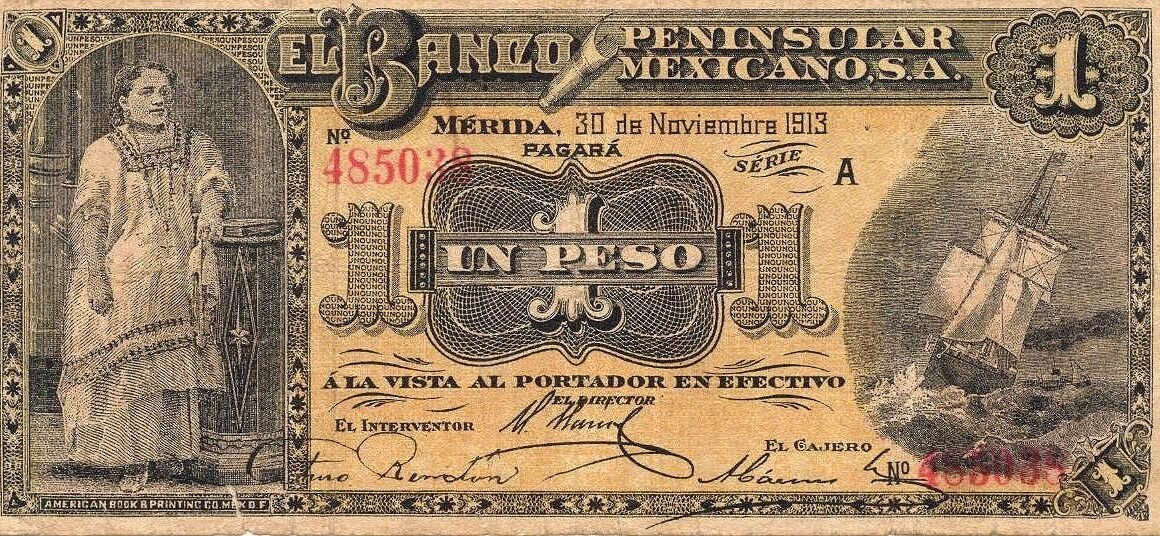Retirement Accounts: A Comprehensive Guide
Planning for retirement is crucial for financial security and well-being. Retirement accounts play a vital role in helping you accumulate funds for your golden years. This comprehensive guide will elucidate the various types of retirement accounts available, their features, benefits, and how to choose the best one for your situation.
Types of Retirement Accounts
Employer-Sponsored Plans
- 401(k): Employer-sponsored plan where contributions are made pre-tax, reducing your current income tax liability. Withdrawals in retirement are taxed as income.
- 403(b): Similar to a 401(k), but designed for employees of tax-exempt organizations, such as schools and non-profits.
Individual Retirement Accounts (IRAs)
- Traditional IRA: Contributions are made pre-tax, reducing current income tax liability. Withdrawals in retirement are taxed as income.
- Roth IRA: Contributions are made post-tax, so you don’t receive any current tax deduction. Withdrawals in retirement are tax-free.
Benefits of Retirement Accounts
Tax Savings
- Pre-tax contributions to 401(k)s and Traditional IRAs reduce your current income tax liability, providing immediate tax savings.
- Roth IRA contributions are made post-tax, but withdrawals in retirement are tax-free, potentially saving you a significant amount in taxes.
Tax-Deferred Growth
- Earnings on your retirement savings grow tax-deferred, meaning you don’t pay taxes on them until you withdraw the funds in retirement. This allows your savings to accumulate faster.
Income in Retirement
- Retirement accounts provide a steady stream of income during your retirement years, when you may no longer be receiving a regular paycheck.
Choosing the Right Retirement Account
Consider Your Age
- Contributions to Traditional IRAs are allowed up to age 73, while Roth IRAs have no upper age limit.
Income Level
- Individuals with higher incomes may benefit more from a Roth IRA due to the tax-free withdrawals in retirement.
Risk Tolerance
- Traditional IRAs offer tax-deferred growth, but the withdrawals in retirement are subject to income tax. Roth IRAs offer tax-free growth and withdrawals, but you must pay taxes on the contributions.
Investment Options
- Different retirement accounts may offer varying investment options. Consider your investment goals and risk tolerance when selecting an account.
Practical Example
Let’s say you contribute $6,000 to a Roth IRA for 20 years, earning an average annual return of 5%. By the end of the 20 years, your savings will grow to approximately $25,290. Since your contributions were made post-tax, you will avoid paying any taxes on your earnings or withdrawals in retirement.
Conclusion
Retirement accounts are essential financial tools that can help you plan for a financially secure retirement. By understanding the different types of accounts available, their benefits, and how to choose the right one for your situation, you can maximize your savings and ensure a comfortable retirement. Remember to consider your age, income level, risk tolerance, and investment options when making your decision.



